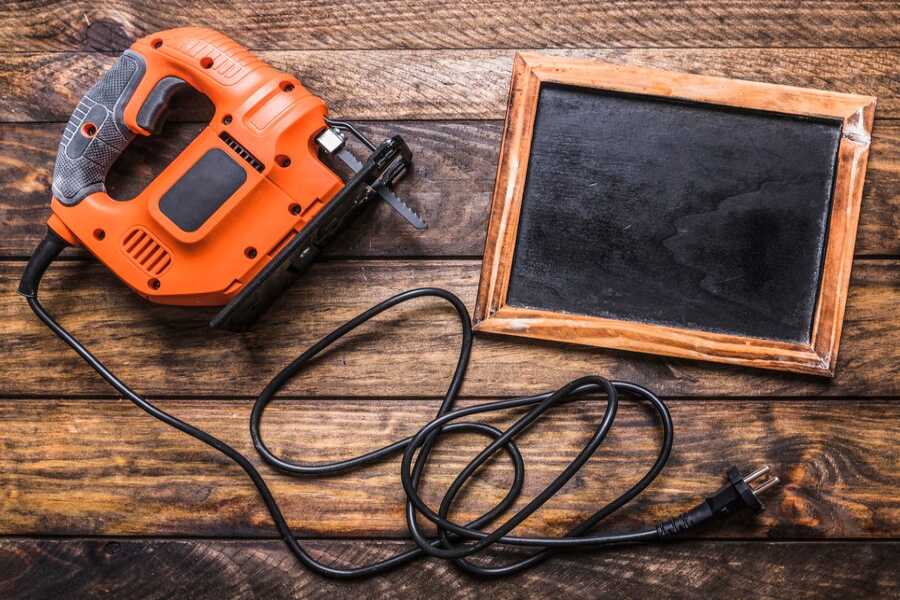RYOBI Drill Troubleshooting: Common Problems and Solutions

RYOBI drills are known for their affordability, performance, and reliability, making them a popular choice for DIYers and professionals alike. But like any power tool, they can sometimes run into issues.
Whether you’re using a cordless drill/driver or a hammer drill, knowing how to deal with troubleshooting for RYOBI power tools common problems can save you time, money, and frustration.
Below, we explore the most frequent RYOBI drill problems and provide simple, effective solutions to get your drill back in action.
Drill Won’t Start
Problem:
The most common issue RYOBI users face is a drill that won’t turn on.
Possible Causes:
- Dead or improperly inserted battery
- Faulty charger or charging contacts
- Trigger switch failure
- Burnt-out motor
Solutions:
- Ensure the battery is fully charged. Try another battery if you have one to eliminate the possibility of battery failure.
- Check the contacts on the battery and drill for dirt or corrosion—clean gently with a dry cloth.
- If the battery is fine, but the drill still doesn’t start, the issue might be the trigger switch or internal wiring. At this point, contacting a RYOBI service centre or replacing the drill may be necessary.
Drill Starts But Won’t Spin
Problem:
The drill powers on, but the chuck doesn’t rotate.
Possible Causes:
- Gearbox is jammed
- Clutch is in the locked position
- Chuck is loose or damaged
Solutions:
- Check if the clutch setting is appropriate for your task. Turn it to drill mode and try again.
- Remove the battery and inspect the chuck. If it’s loose or has debris inside, clean and tighten it.
- If you hear a clicking sound but the chuck doesn’t move, the gearbox may be stuck. Try switching between speeds and gently turning the chuck by hand.
Drill Makes a Clicking Noise
Problem:
You press the trigger, and the drill clicks but doesn’t spin.
Possible Causes:
- Battery is low on power
- Internal motor issue
- Faulty trigger switch
Solutions:
- Try a fully charged battery.
- If the issue persists, the internal motor may need service. If your RYOBI drill is under warranty, contact RYOBI support for repair or replacement.
Overheating During Use
Problem:
The drill becomes hot quickly during operation.
Possible Causes:
- Continuous heavy-duty use
- Blocked air vents
- Worn motor
Solutions:
- Let the drill rest during longer jobs. Continuous use without breaks can overwork the motor.
- Check and clean the air vents. Dust buildup can restrict airflow, causing overheating.
- If overheating continues, the motor brushes may be worn and need replacement. Contact a repair technician if you’re unsure how to do this.
Battery Doesn’t Charge
Problem:
The battery won’t hold a charge or the charger doesn’t light up.
Possible Causes:
- Faulty battery
- Damaged charger
- Dirty battery contacts
Solutions:
- Clean the battery and charger contacts.
- Try a different battery or charger to identify the faulty component.
- RYOBI batteries have a limited lifespan—consider replacing old or swollen batteries.
Loose or Wobbly Chuck
Problem:
The drill bit wiggles or the chuck won’t tighten properly.
Possible Causes:
- Chuck is worn or damaged
- Debris inside the chuck
- Chuck screw is loose
Solutions:
- Open the chuck fully and inspect for dust or debris. Clean it out.
- Use the chuck key (if applicable) or hand-tighten with care.
- For persistent issues, the chuck may need to be replaced.
Final Tips for RYOBI Drill Maintenance
Preventing problems is always better than fixing them. Here are a few maintenance tips:
- Store your drill and batteries in a dry, cool place.
- Clean your drill regularly—dust and debris can cause electrical and mechanical issues.
- Avoid overloading the tool. Know its limits, especially when drilling into hard materials like concrete or metal.
- Always follow manufacturer instructions for charging and use.
When to Contact RYOBI Support
If your drill is under warranty or the problem seems beyond a simple fix, don’t hesitate to reach out to RYOBI’s customer support. They offer great warranty support and service options that may save you from needing to buy a new tool.
Conclusion
A well-maintained RYOBI drill can last for years, but occasional problems are inevitable. With this guide, you’ll be better prepared to troubleshoot and resolve common issues. Keep your tools clean, store them properly, and act quickly when something seems off—you’ll save yourself time, money, and unnecessary headaches in the long run.
